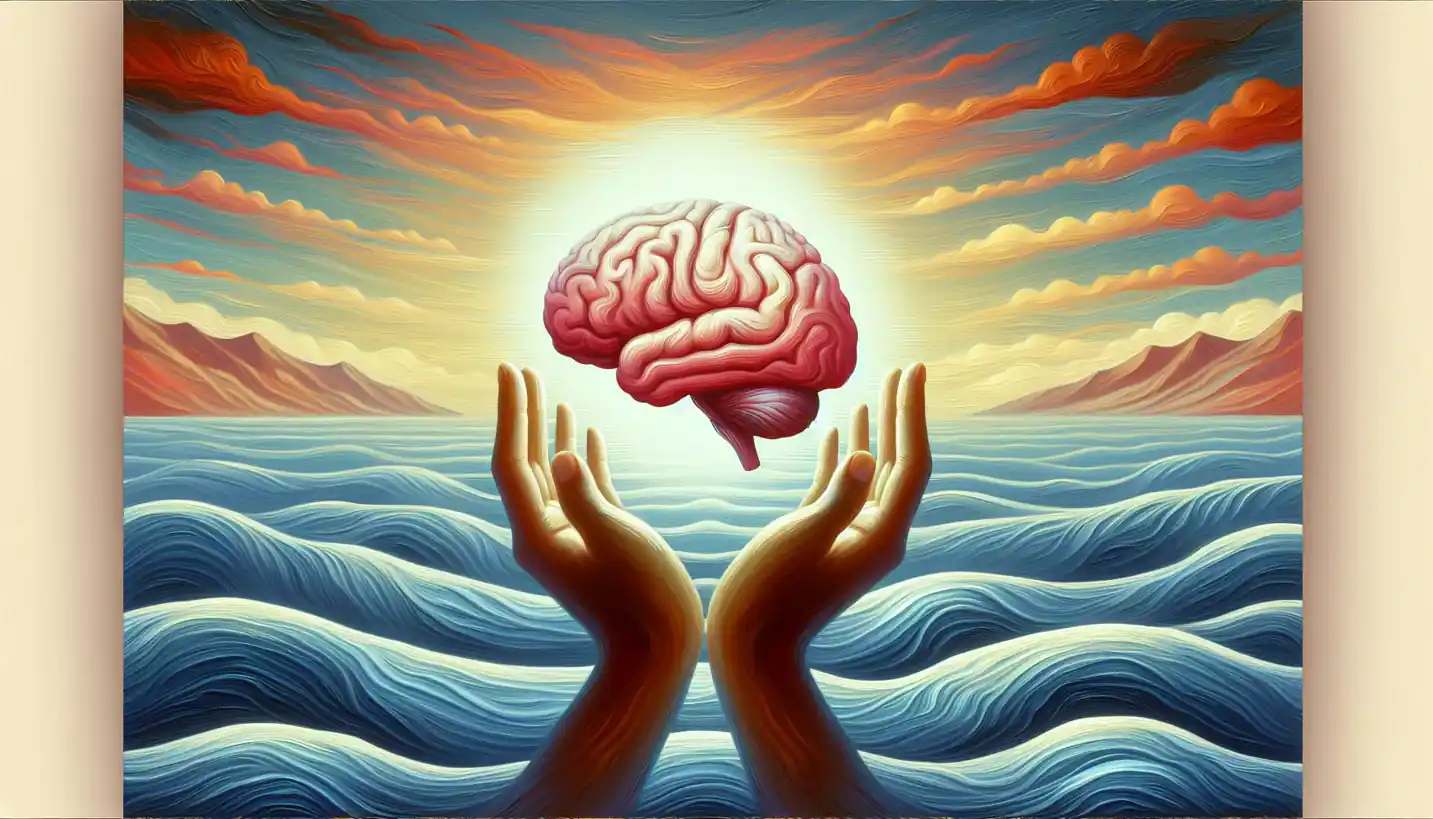· Psychology · 5 min read
Environment of Evolutionary Adaptedness: Understanding Our Psychological Roots
The environment of evolutionary adaptedness helps explain our psychological foundations, offering insights into how our ancestors shaped our minds.

In the world of evolutionary psychology, there’s a concept that often intrigues both scholars and curious minds alike: the Environment of Evolutionary Adaptedness, or EEA for short. Now, you might be wondering, what exactly is this EEA, and why is it so important? Let’s dive into this fascinating topic to uncover how our ancient past shapes the way we think and behave today.
Imagine you’re stepping back in time, way back to when our earliest ancestors roamed the Earth. The EEA is essentially the backdrop against which human psychological traits evolved. It’s like a theatre stage where the drama of human development unfolded, playing a critical role in shaping everything from our social behaviors to our cognitive processes.
Understanding the EEA
Now, let’s break down this idea a bit more. The EEA refers to the various environmental conditions that influenced our ancestors over thousands of years, leading to the development of adaptive behaviors. It wasn’t just any environment, but specifically the one that challenged and shaped our ancestors’ survival and reproductive success.
Think about early humans living in small, nomadic groups. They weren’t dealing with bustling cities or digital screens—instead, their lives revolved around hunting, gathering, and social cooperation. These daily challenges and interactions formed the EEA, an environment that was vastly different from today’s world.
You see, the EEA is not a specific location or a time period. It’s more like a collection of the typical environments our ancestors faced. That could mean anything from the African savannas to the challenges of cold climates once they spread out. As different as these environments might have been, they shared common features that required our ancestors to develop certain psychological attributes to survive.
The Role of the EEA in Shaping Behavior
But what does this ancient environment have to do with how we act today? Well, our minds are still wired in many ways to deal with those age-old challenges. Let’s unravel how this works using some relatable examples.
Social Bonds and Cooperation
Picture a group of early humans huddled around a fire. They’re not only hunting and gathering but also sharing food and stories, caring for each other’s young, and forming alliances. These social bonds were crucial for survival. Individuals who could cooperate effectively were often more successful and left more offspring. Today, this deep-seated need for social interaction and cooperation can still be seen in how we form friendships and communities.
Food Preferences
Imagine trying to survive in the wild with limited resources. Foods that were rich in calories, like fats and sugars, were rare and highly prized. Our ancestors had to be selective eaters, and their preferences shaped our taste buds. Fast forward to today, and you’ll see why so many of us still have a weakness for sugary treats—even though we don’t need the extra calories to survive anymore!
Fear and Caution
Consider the dangers lurking in the EEA—predators, poisonous plants, or hostile groups. Being cautious and quick to spot danger kept our ancestors safe. This hardwired cautiousness explains why we might feel an unexplainable thrill or fear in situations that simulate those primeval hazards, like watching a suspenseful movie or hiking in a dense forest.
The Mismatch Problem
Here’s where things get really interesting. Although our psychological traits were perfectly suited for the EEA, modern life presents a whole new set of challenges. This leads to what psychologists call a “mismatch” between our evolved tendencies and today’s world. Let’s take a closer look.
Stress in the Modern World
Think about the kinds of stress our ancestors faced—it was usually immediate, like escaping a predator. In contrast, modern stress is often chronic, like dealing with work deadlines or financial worries. Our bodies, designed to handle acute stress, sometimes struggle to cope with the ongoing pressures of modern life.
Social Media and Tribalism
Our ancestors lived in close-knit groups where knowing everyone and maintaining a reputation was vital. In today’s digital age, social media can amplify these tendencies, as we still seek the safety of group belonging and the approval of others, even if we’ve never met them face-to-face.
The Importance of Understanding EEA
So, why does understanding the EEA matter? It provides a lens through which we can better comprehend our own behaviors and societal patterns. Recognizing the EEA helps us see why we might react in certain ways and how we can manage these responses in a modern setting.
Enhancing Well-being
By knowing more about our evolutionary past, we can apply this knowledge to improve mental health and well-being. For example, understanding our need for social connection can inform therapies and interventions that foster meaningful interactions and community support.
Informing Social Policies
The insights from the EEA can also guide us in creating better social policies that align with our inherent psychological needs, like promoting work-life balance or designing urban spaces that encourage community engagement.
Looking Ahead
As research in evolutionary psychology continues, the concept of the EEA remains essential in unraveling the complexities of human nature. By reflecting on our deep past, we’re not just looking back; we’re also gaining perspectives that can guide us into the future.
Open Questions
Of course, there are still many questions to explore. How can we better manage the mismatch between our ancient predispositions and contemporary challenges? What further insights can we gain by examining different environmental pressures faced by diverse human populations throughout history?
By delving into these questions, we not only satisfy our intellectual curiosity but also pave the way for a more profound understanding of ourselves. As our journey into the heart of human nature unfolds, the story of the EEA remains one of the most captivating chapters, bridging our past and present in the ongoing saga of human evolution.


